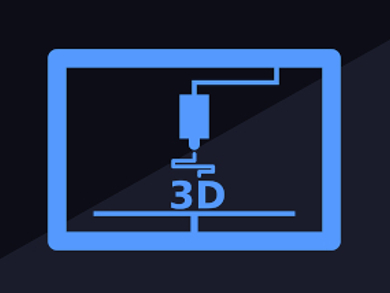The use of 3D printers to convert digital designs into 3D objects has become an essential tool in both the commercial fabrication of industrial materials and in scientific research. Inspired by natural systems such as wood, the combination of materials with disparate properties can lead to significant mechanical improvements—providing, for example, objects that are both strong and lightweight. Consequently, there has been a great deal of interest in multimaterial printing to aid in the design of advanced materials with unique properties.
Craig J. Hawker, University of California, Santa Barbara, USA, and colleagues have developed a 3D printing technique that enables rapid one-step printing of 3D objects with chemically and mechanically distinct domains. The approach, termed Solution Mask Liquid Lithography (SMaLL), takes advantage of photochromic molecules that control polymerization by masking a photoinitiator and slowing down the curing of the material. Upon irradiation at a certain wavelength, these molecules switch to their nonabsorbing isomer. Light can then pass the transparent mask and activate the photopolymerization.
The team demonstrated that SMaLL is compatible with different resin formulations. By adapting the monomer, the crosslinker, the photosensitizer, and the photoswitch, objects with varying stiffnesses could be rapidly printed. To show the power of this technique, the researchers 3D-printed a butterfly with a stiff epoxy-based “body” and “wings”, separated by soft and flexible acrylate-based joints (pictured). The highly resolved domains were obtained using both blue- and green-light-sensitive switch molecules as masks and a resin mixture composed of green-cured methyl acrylate, blue-cured epoxy-based resin, and an additional monomer.

- Solution Mask Liquid Lithography (SMaLL) for One-Step, Multimaterial 3D Printing,
Neil D. Dolinski, Zachariah A. Page, E. Benjamin Callaway, Fabian Eisenreich, Ronnie V. Garcia, Roberto Chavez, David P. Bothman, Stefan Hecht, Frank W. Zok, Craig J. Hawker,
Adv. Mater. 2018.
https://doi.org/10.1002/adma.201800364



![Synthesis of [c2]Daisy Chains via Mechanochemistry](https://www.chemistryviews.org/wp-content/uploads/2025/04/202504_RotaxanesWithSolidStateMechanochemistry-125x94.png)
